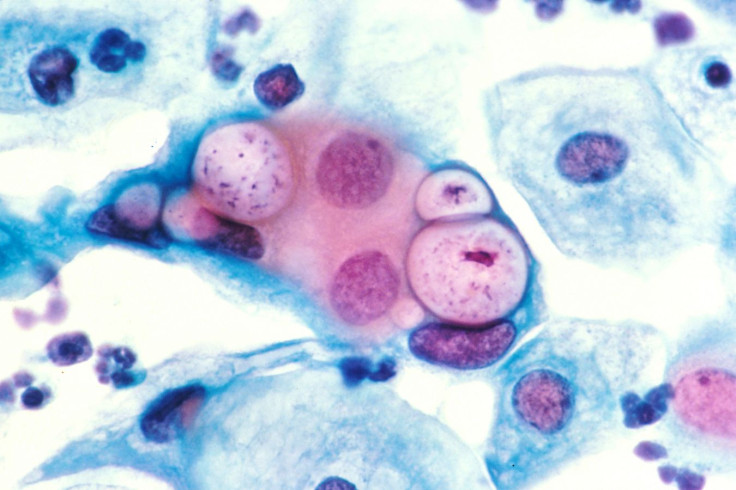'No Signs Of Slowing': Sexually Transmitted Infections Still Soared In 2021, CDC Data Shows
KEY POINTS
- Gonorrhea, chlamydia and syphilis cases increased in 2021
- Syphilis and congenital syphilis rates surged by a whopping 32%
- "The U.S. STI epidemic shows no signs of slowing," CDC's Leandro Mena said
Cases of sexually transmitted diseases (STDs) in the U.S. continued to rise in 2021. This shows the need to recommit to fighting the epidemic, according to authorities.
STD cases have been steadily increasing in recent years. Although the cases saw a dip during the first months of the pandemic in 2020, the numbers rose again by the end of the year.
This increasing trend continued into 2021, the U.S. Centers for Disease Control and Prevention (CDC) noted in its statement Tuesday. Its new surveillance report logged a total of more than 2.5 million cases of sexually transmitted infections (STI) chlamydia, gonorrhea and syphilis in 2021, all of which saw an increase from 2020 to 2021.
More specifically, gonorrhea rates saw a 4% increase in the period from 2020 (677,769 cases) to 2021 (710,151 cases). By comparison, 2019 saw 616,392 cases, showing a return to the increasing pre-pandemic levels.
Similarly, chlamydia rates also saw a 4% rise from 1,579,885 cases in 2020 to 1,644,416 cases in 2021. As staggering as these numbers seem, however, this still doesn't mark a return to pre-pandemic levels, the CDC noted. Both 2017 and 2018 saw more than 1.7 million cases, while 2019 saw over 1.8 million cases.
"This raises concerns that screening continued to be impacted by COVID-19 related disruptions the second year of the pandemic, because the infection is often asymptomatic," the agency noted.
Rates of syphilis, on the other hand, have also bounced back to pre-pandemic levels, seeing a massive 32% rise from 133,954 cases in 2020 to 176,713.
Particularly alarming in the case of syphilis is the similarly large 32% increase in congenital syphilis or when a mother with syphilis passes it on to the baby during pregnancy. There were 2,855 cases of congenital syphilis in 2021, reportedly causing 220 stillbirths and infant deaths, according to the CDC.
And this is a problem worldwide. In 2016, for instance, the World Health Organization (WHO) logged more than 660,000 congenital syphilis cases globally. This included 143,000 cases of early fetal deaths and stillbirths and 61,000 neonatal deaths.
With increasing cases of congenital syphilis, including in places like the U.S. and Canada, it is said to be the world's "second leading cause of preventable stillbirth," second only to malaria.
"While STIs are common in all U.S. regions and across all groups, some communities are hit especially hard," the CDC noted, adding that gay, bisexual and younger people are hit particularly hard by these conditions.
"Additionally, a disproportionate number of cases were diagnosed among Black/African American and American Indian/Alaska Native people, groups more likely to face social conditions that make it more difficult to stay healthy," it said.
The increase and the fact that some groups continue to be affected more than others show the need for the country to "deepen its commitment" against the STI epidemic. The CDC called for collaborative efforts to "reverse the trend."
"The U.S. STI epidemic shows no signs of slowing," Leandro Mena, director of CDC's Division of STD Prevention, said in the agency's news release. "The reasons for the ongoing increases are multifaceted — and so are the solutions. For the first time in decades, we're seeing promising new STI interventions on the horizon, but these alone will not solve this epidemic. It will take many of us working together to effectively use new and existing tools, to increase access to quality sexual healthcare services for more people and to encourage ongoing innovation and prioritization of STI prevention and treatment in this country."

© Copyright IBTimes 2025. All rights reserved.






















